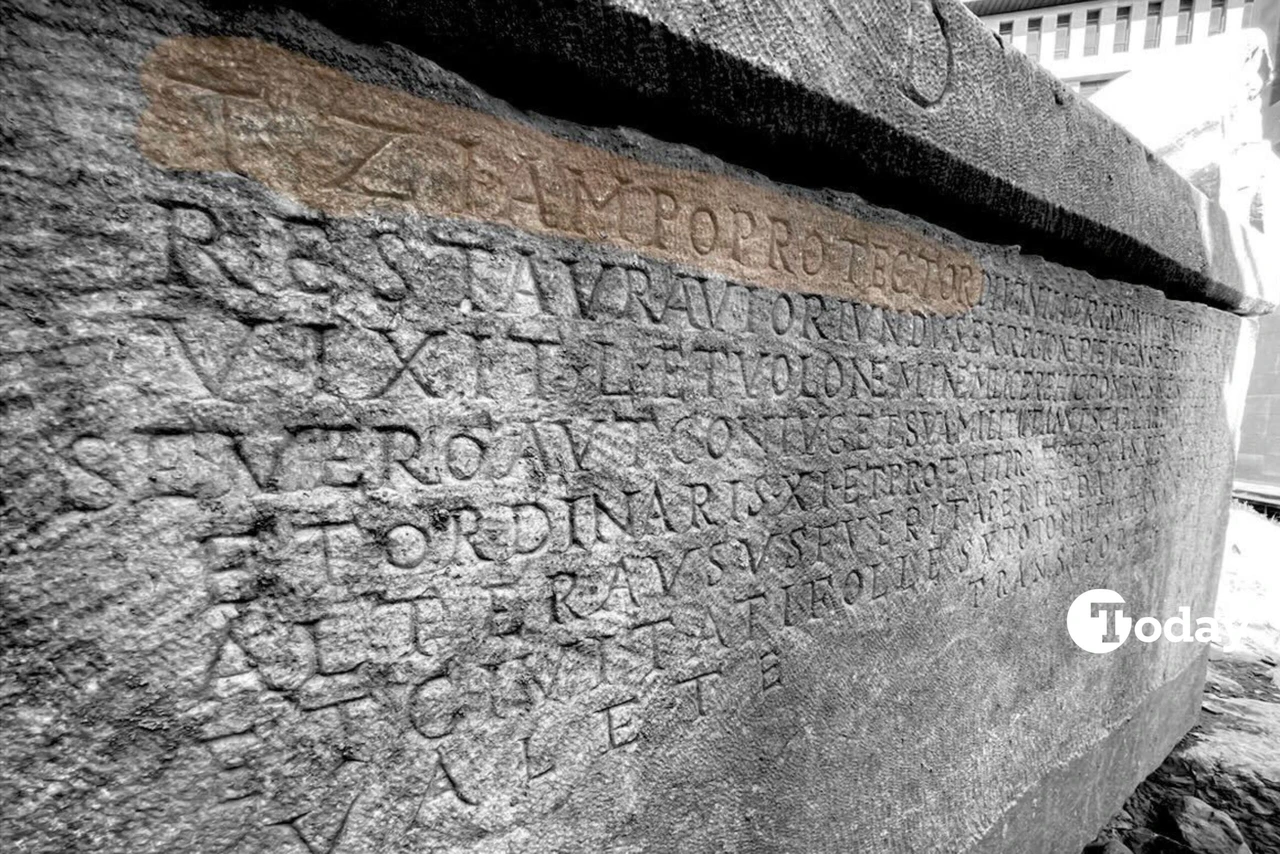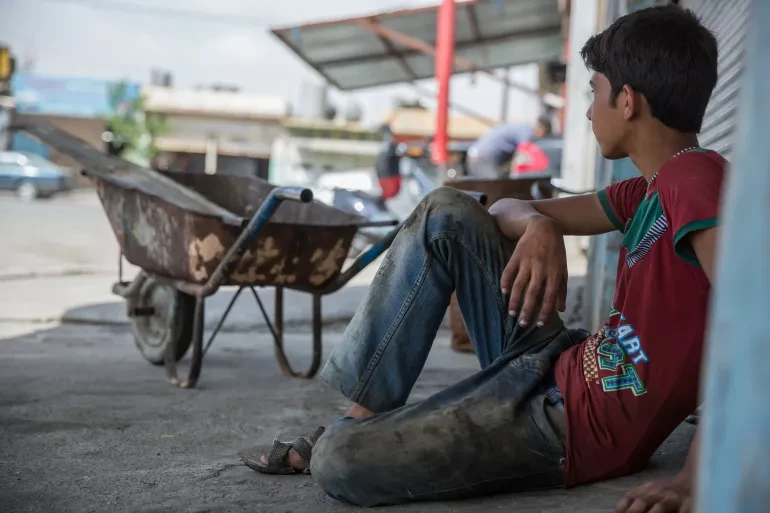First-ever discovery of Millefiori panels in ancient city of Myra, Antalya
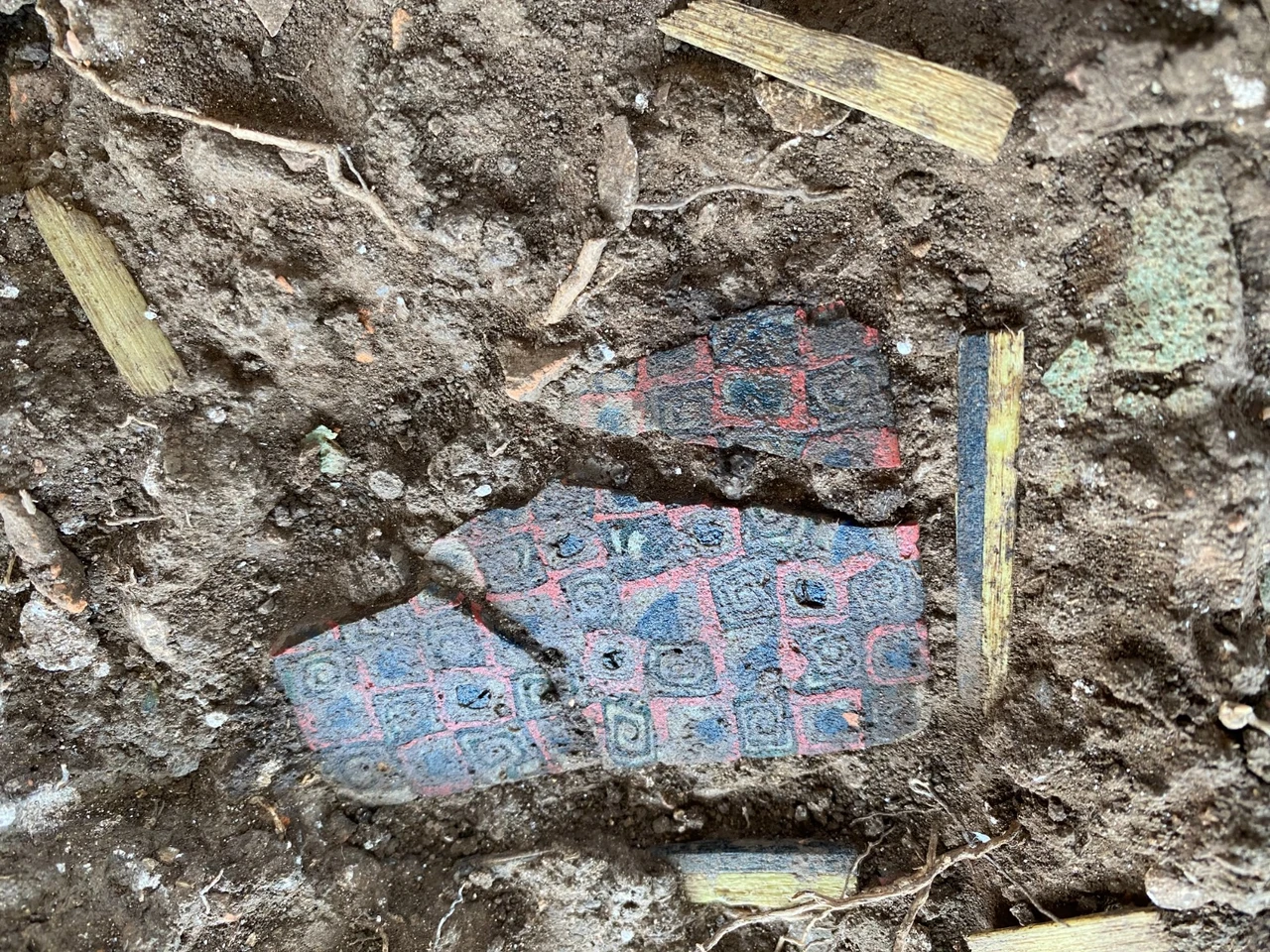 Archaeologists make a significant discovery in the ancient port city of Andriake, part of the historic city of Myra, Antalya, Türkiye, September 8, 2024. (AA Photo)
Archaeologists make a significant discovery in the ancient port city of Andriake, part of the historic city of Myra, Antalya, Türkiye, September 8, 2024. (AA Photo)
Archaeologists have discovered stunning examples of ancient craftsmanship in the ancient city of Myra, located in the Demre district of Antalya.
During excavations of the port city of Andriake, researchers unearthed vibrant interior decoration panels crafted using the Millefiori technique, a centuries-old glassworking method that creates intricate patterns resembling flowers.
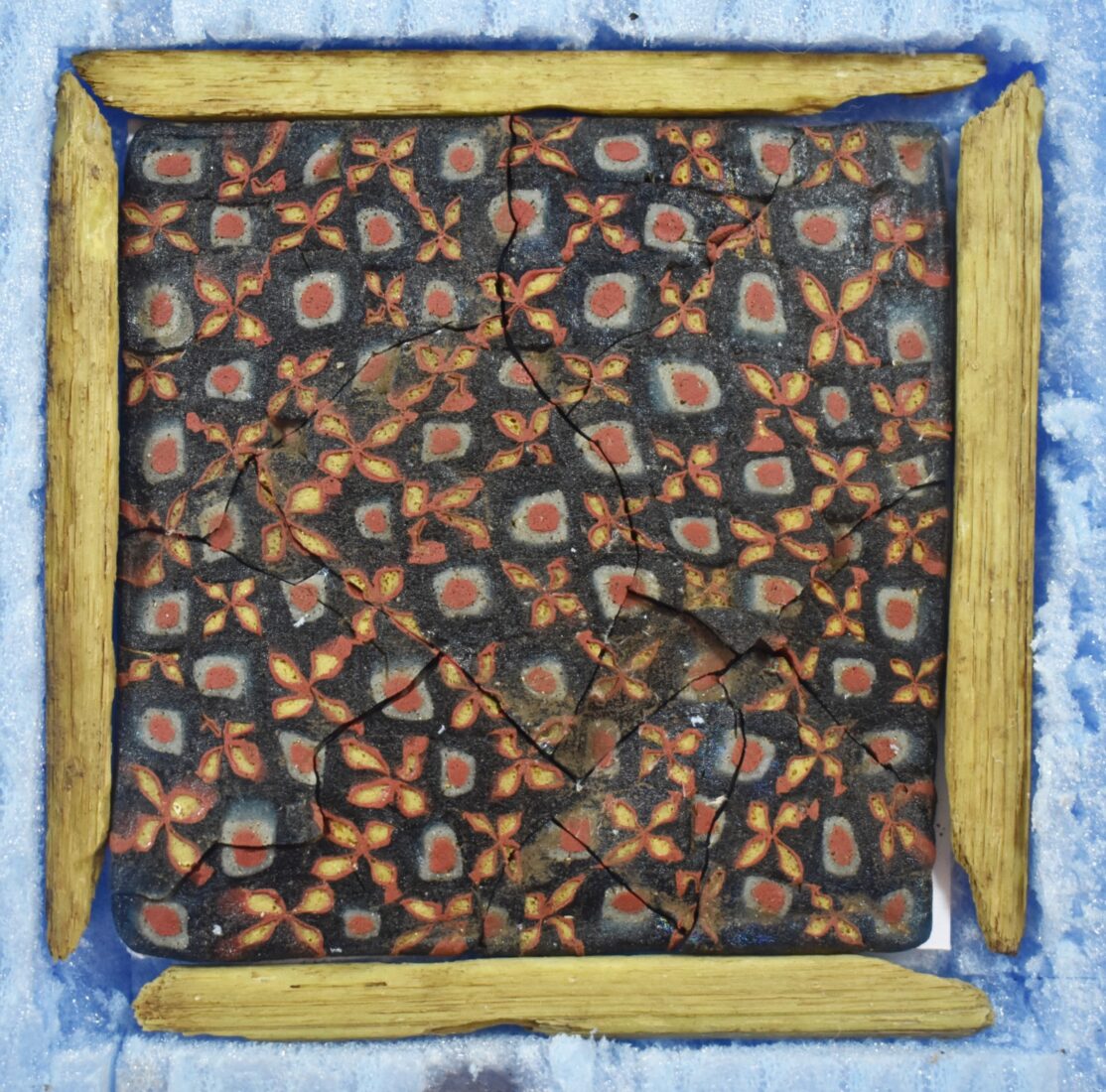
What is significance of discoveries in ancient city of Myra?
These ancient glassworks, dating back to the fifth and sixth centuries A.D., offer a unique glimpse into the craftsmanship of the era and are considered a key find in Türkiye’s archaeological record.
Myra, once one of Lycia’s most important cities, thrived from the Classical era through the Roman period and into its prominence as a Byzantine capital.

Excavations have been ongoing since 2009 under the “Legacy to the Future: Myra and Andriake Project,” led by the Ministry of Culture and Tourism. The discovery of these Millefiori glass panels is one of the most exciting finds in the region this year.
Minister of Culture and Tourism Mehmet Nuri Ersoy shared the news on social media, describing the discovery as one of the most significant of the year.
He stated, “The Millefiori glass panels we uncovered in Andriake, created with a difficult and delicate glasswork technique, are among the most important discoveries of the year for our country.”
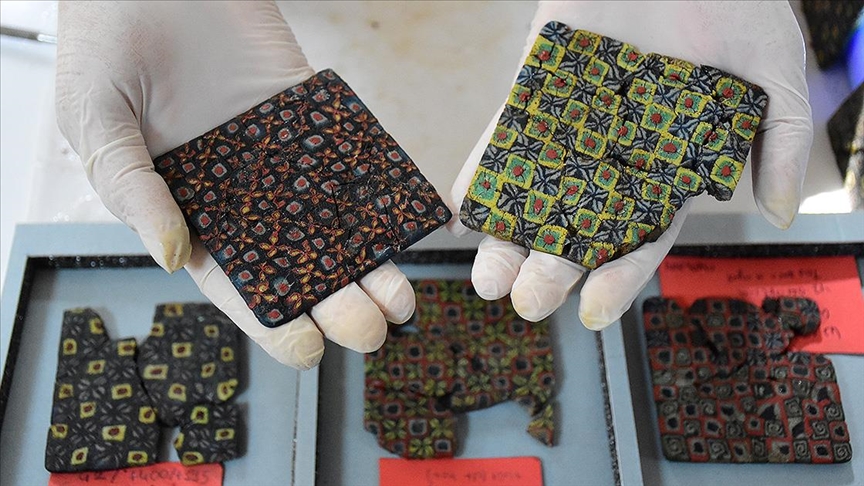
Millefiori glass panels reveal insights into ancient city of Myra’s decorative techniques
The Millefiori technique, which involves fusing small glass pieces to form intricate floral patterns, was used in important architectural interiors. The glass panels believed to be part of an administrative building in Andriake, are remarkable for their intricate designs and craftsmanship. Nevzat Cevik, head of the Myra-Andriake excavation team and a professor at Akdeniz University, emphasized the rarity of the find.
“We have not encountered this type of glass technique in Türkiye, except for 1-2 pieces,” Cevik explained. “Each panel, with its unique floral designs, demonstrates a luxurious wall covering material.”
The panels, each measuring approximately 10 square centimeters, were discovered in a room near the agora. Initially, only a few pieces were found, but after months of excavation, hundreds of small fragments have been pieced together to form larger panels. The team has nearly completed 20-30 panels, with many more still being reassembled.
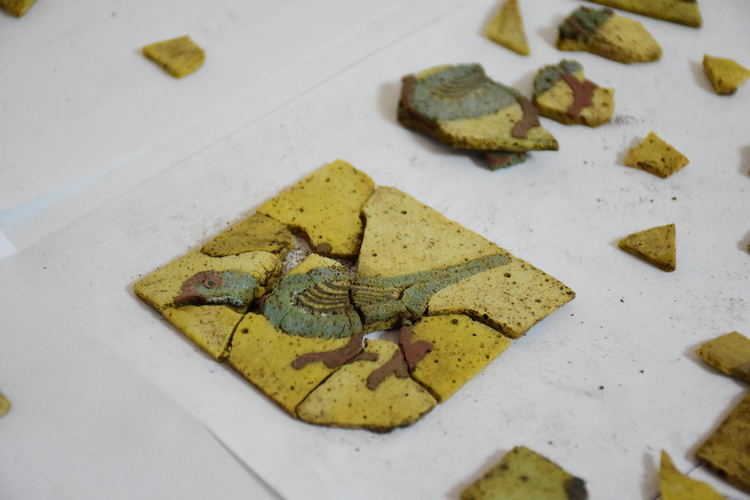
Excavation yields more discoveries, including rare Opus Sectile figures
In addition to the Millefiori glass panels, the excavation also revealed bird, camel and saint figures created using the Opus Sectile technique, a method involving the cutting and arranging of colored stones to form patterns. This marks the first discovery of saint figures made with this technique in Türkiye.
Cevik also noted that uncut glass rods were found near the panels, suggesting that glass may have been produced in Andriake. Other artifacts discovered include coins, ceramics, and various items, helping archaeologists to date the Millefiori panels to the fifth and sixth centuries A.D.
The long-running excavation, which began in 2009, continues to reveal valuable insights into the rich history of Myra and its port, Andriake.
